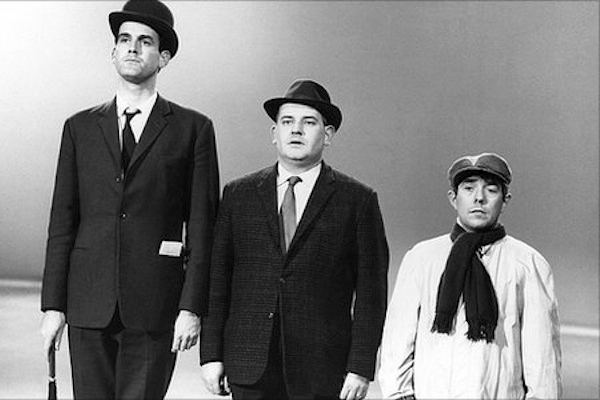The Go Galway bus from Dublin sounds an unlikely pleasure, but it is both comfortable and punctual. There is free Wi-Fi if you want it, but it would be criminal to do anything other than gawp at the view. Two and a half hours pass quickly when you are travelling at sunset, passing between rain clouds with rainbows falling out of the sky.
While my trip was, as they say, for ‘the craic’ (a good friend’s 40th), I couldn’t come to Galway without making time for a W.B. Yeats pilgrimage. His patron Lady Augusta Gregory had her home near Gort, in the south of the county: Galway is saturated in his poetry; or perhaps I mean his poetry is saturated in Galway. But in the county today, there is both chaotic reverence and wilful disregard.
Lady Gregory gives her name to the ‘hotel and conference centre’ where I stayed, but her house, Coole Park — a refuge for Yeats over more than 20 years — was demolished in 1941. In what was her walled garden, children whizz around on scooters, and dogs run off the leash around the ‘Autograph Tree’ where Bernard Shaw, Augustus John and friends carved their initials. The steps to the sunken garden lead nowhere.
Roy Foster’s biography provides some piquant details about the relationship between patron and prized pet. Lady Gregory would not let Yeats socialise with other house guests until he’d written six lines of poetry that day. Her son and heir, perhaps unsurprisingly, was not amused to have this handsome poet hanging around: he once suggested that Yeats might perhaps like to provide his own decanter and wine for his summer holidays.
Though at six lines a day it must have taken a while to come, the landscape and his hostess now have a fame that has outlived the house; most notably in ‘The Wild Swans at Coole’. (The swans, at least, are still there.) In the poem, the older Yeats — perhaps in deference to his hostess — grieves for the carefree young man who first came to Coole 19 years before. The young man was in fact far from carefree: at that point he had been driven almost mad by Maud Gonne, though he was still a dazzling house-guest.
Just a few miles away my taxi driver dropped me at Thoor Ballylee. This Norman tower, which Yeats bought from Lady Gregory for a nominal sum in about 1917, has survived slightly better than Coole — it’s still standing, anyway. And the poet was expecting time to do its work — a plaque reads:
I, the poet, William Yeats
With old mill boards and sea-green slates
And smithy work from the Gort forge,
Restored this tower for my wife George,
And may these characters remain
When all is ruin once again.
Even though the tower is locked up, there’s something electric about being able to see the poet’s view, virtually unchanged since his time. Most striking of all is the speed and noise of the river. The ‘gong-tormented sea’ is still rushing past his window.






Comments